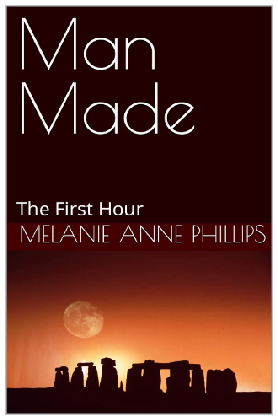

Writing Great Log Lines & Synopses
If you are like most writers, at some point in your story development process you have a lot of story concepts written down in the form of lists and collections of notes.
While this is a great way to keep track of all your ideas, it also keeps your story fragmented and makes it very hard to see holes or where story materials are thin. These problems can carry over into your story itself if you don't nip them in the bud.
Here's a simple process for growing your story from your notes that can also generate lots of new ideas as well!
First, write a log line for your story. A log line is just a one sentence description of what the core of your story is all about. For example, a log line for Hamlet might be:
"A prince of Denmark seeks revenge against his uncle for killing his father, and feigns insanity to buy time to develop and implement a plan."
While this describes the stories essentials, it contains none of the mood, feel, or passion of the play. But what it does provide is a thread around which to begin weaving your notes into a story.
So write a good solid-
Once you have your log line, look over your notes. Take just one concept out of your notes and incorporate it into your log line by adding another sentence (or more if absolutely necessary). Don't try to expand that single additional concept or include all its nuances and inferences. Just get the concept in the text. Repeat this for every core concept in your notes -
As you continue to fold more and more of your existing material into your text, you are in fact growing your story synopsis. Along the way, you will likely find that new ideas spring forth as you begin to see how several existing ideas are coming together. This is the well-
Still, eventually all of your old and new ideas will be incorporated into your story's synopsis and you'll have reached a creative plateau at which no additional notions are coming forth. But that doesn't mean you are done -
|
For Story Structure |
|
For Story Development |
|
|

|
|